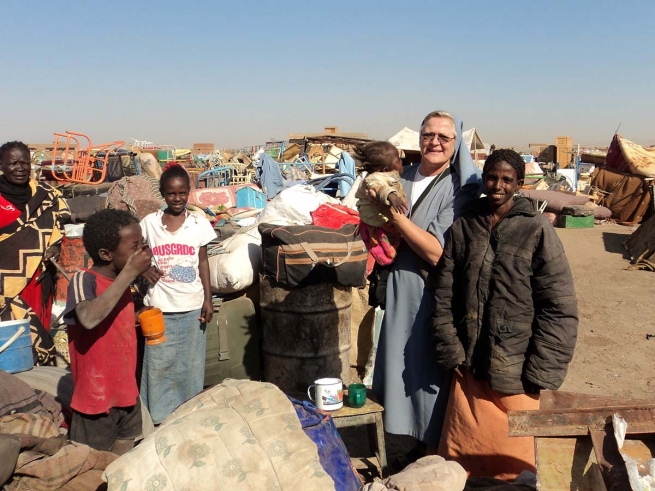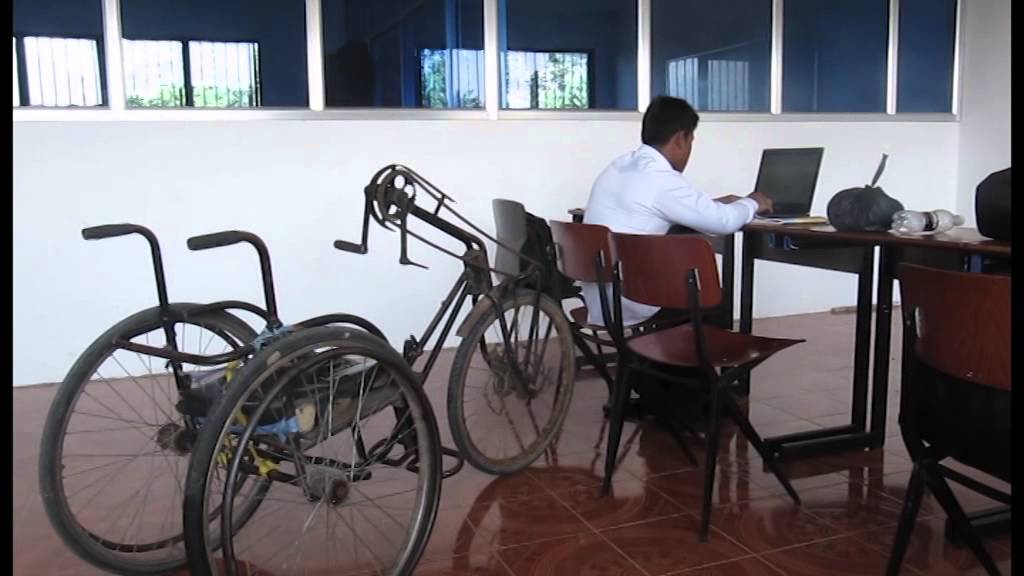UNICEF: World Unites to Accelerate Progress in Ending Preventable Child Deaths
(UNICEF) On June 14, 2012, more than 80 governments and a multitude of partners from the private sector, civil society, and faith-based organizations gather at the Child Survival Call to Action – a high-level forum convened by the governments of Ethiopia, India and the United States, in collaboration with UNICEF, to launch a sustained, global effort to save children’s lives.
Over the past 40 years, new vaccines, improved health care practices, investments in education, and the dedication of governments, civil society and other partners have contributed to reducing the number of child deaths by more than 50 per cent.
Still, millions of children – most of them in Sub-Saharan Africa and South Asia – die every year from largely preventable causes before reaching their fifth birthdays. In 2010, this translated to 57 children dying for every 1,000 live births.
The Call to Action challenges the world to reduce child mortality to 20 or fewer child deaths per 1,000 live births in every country by 2035. Reaching this historic target will save an additional 45 million children’s lives by 2035, bringing the world closer to the ultimate goal of ending preventable child deaths.
Modelling shows that this goal can be reached by greater effort across five key areas:
1. Geography: Increasing efforts in the 24 countries that account for 80 percent of under-five deaths.
2. High Burden Populations: Focusing country health systems on scaling-up access for underserved populations, to include rural and low income groups
3. High Impact Solutions: Addressing the five causes that account for nearly 60 per cent of child deaths: pneumonia, diarrhea, malaria, pre-term births and intrapartum (around the time of childbirth)
4. Education for Women and Girls: Investing beyond health programs to include educating girls, empowering women, and promoting inclusive economic growth
5. Mutual Accountability: Unifying around a shared goal and using common metrics to track progress
At the Call to Action, governments and partners are being asked to pledge their support for A Promise Renewed, a commitment to work together on sharpening national plans for child survival, monitoring results, and focusing greater attention on the most disadvantaged and vulnerable children.
“We have the tools, the treatments, and the technology to save millions of lives every year, and there is no excuse not to use them,” said UNICEF Executive Director Anthony Lake. “To renew our promise to the world’s children, we have to focus on the leading causes of child mortality like diarrhea, pneumonia and malaria, scaling up coverage of high-impact, low-cost treatments, sparking greater innovation, and spurring greater political will to reach the hardest to reach children. The grand goal of preventing child deaths must be our common cause.”
”India is honored to co-convene this global call to action. The opportunity is timely, and we have to seize it. Though there has been a steady decline in child mortality rates in India over the past 10 years, there is no place for complacency,” said Ghulam Nabi Azad , India’s Minister of Health and Family Welfare. “Reducing neonatal, infant and child mortality remains the topmost goal of India’s National Rural Health Mission. With India’s experiences in child survival interventions, and the magnitude of scale of programming, the country is well positioned to work towards furthering collaboration in implementation of Child Survival Initiatives in the Asia-Pacific region,” he added.
“In the world, there are no two countries that are the same. Therefore each of us needs to define our own roadmap to achieve this laudable goal. In Ethiopia, we have halved under-5 mortality rates from 166 to 88 per 1,000 live births just in the last decade,” said Dr. Tedros Adhanom Ghebreyesus, Ethiopia’s Minister of Health. “What we can promise the world and our children now is that Ethiopia will try our best, as we have done in the past, to bring the rate down to fewer than 20 deaths per 1000 live births by 2035. We will then be able to look back and say that we have done justice for our children, and we have written an important piece in human history,” he added.
USAID Administrator Rajiv Shah said: “Development can be full of problems we have few ways to solve. Helping a child reach their 5th birthday is not one of them. It is not a question of whether the world can end preventable child deaths; it is question of whether we will.”
###
Photo: © UNICEF/NYHQ2009-0870/Sokol




